These Irish examples offer a positive approach for re-imagining historic buildings while following best conservation practices.
Introducing change into the historic built environment requires sensitivity and high standards of design. Often it is necessary to find an appropriate use in order to prevent a building’s decay or destruction, this being one of the hardest problems to solve in the practice of architectural conservation.
The creative challenge is to find appropriate ways to satisfy the requirements of a structure to be safe, durable and useful on the one hand, and to retain its character and special interest on the other.
Rehabilitation has social, cultural and economic advantages. Social, in that people and towns keep their identity; cultural, in that artistic, architectural, archaeological and documentary values can be preserved both for their intrinsic value and their contribution to the identity of the town; economic, in that (a) existing capital is used, (b) energy is saved, (c) demolition costs are avoided, and (d) the existing infrastructure of roads and services is utilized. (B. Feilden, 2003)
The following are good examples of adaptive reuse in Ireland.
St. Mary’s Abbey, Kilkenny
Conversion to Museum – McCullough Mulvin Architects
St. Luke’s Church, Dublin
Conversion to Offices (on site Oct. 2017) – DTA Architects & Carrig Conservation Consultants
St. Jame’s Church, Dublin / Pearse Lyons Distillery
Conversion to Distillery – TOTP Architects & Carrig Conservation Consultants



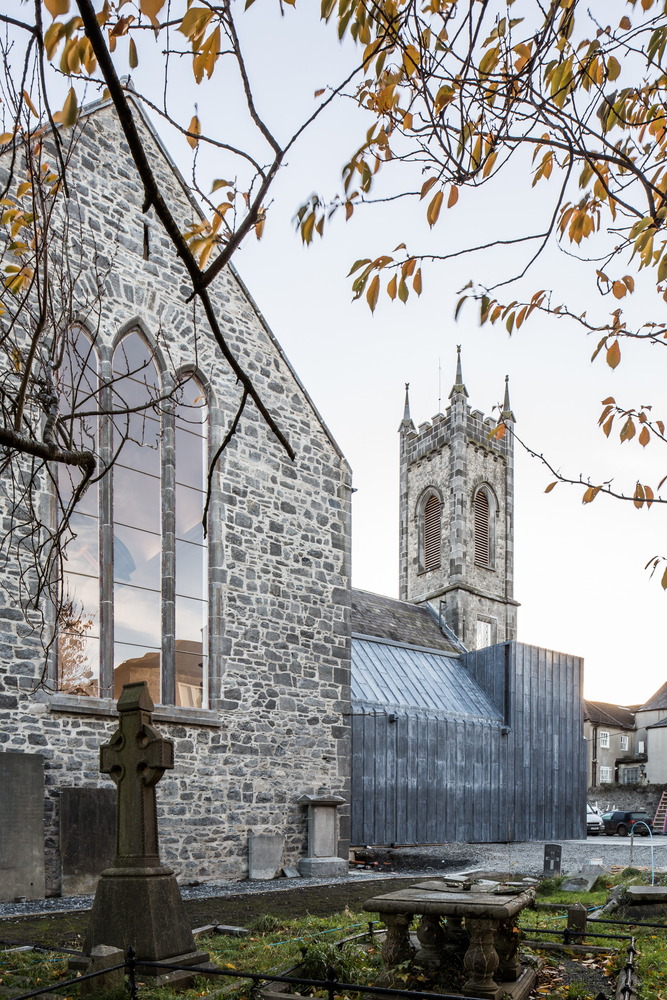




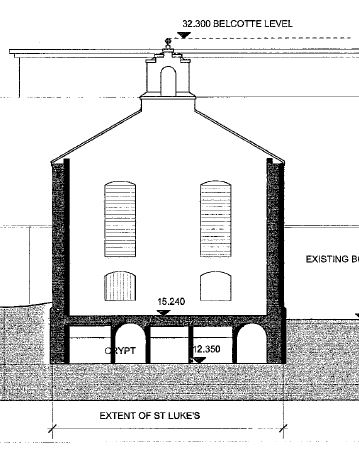

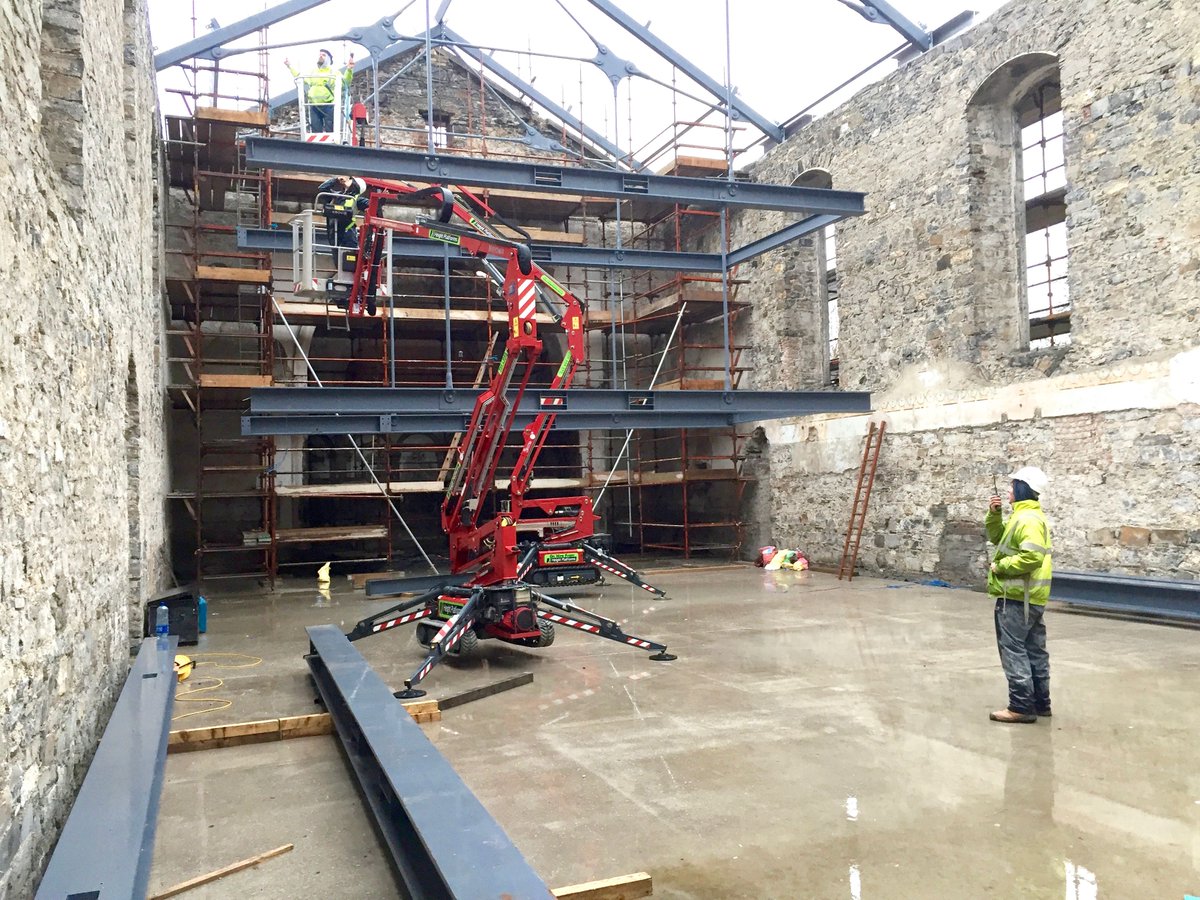







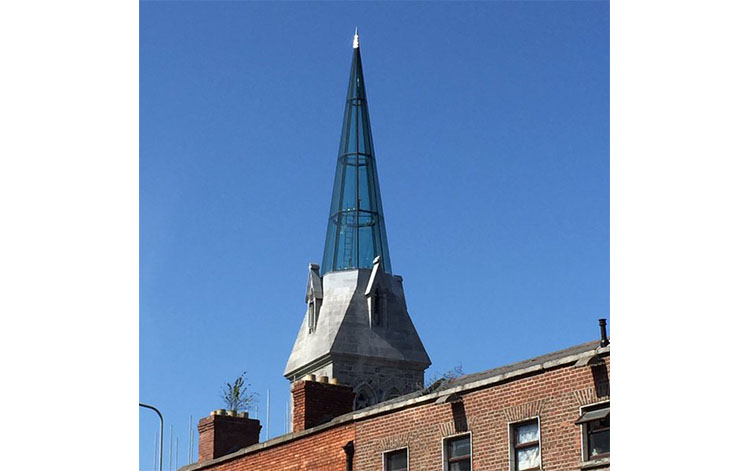















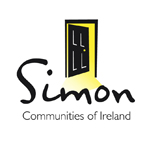











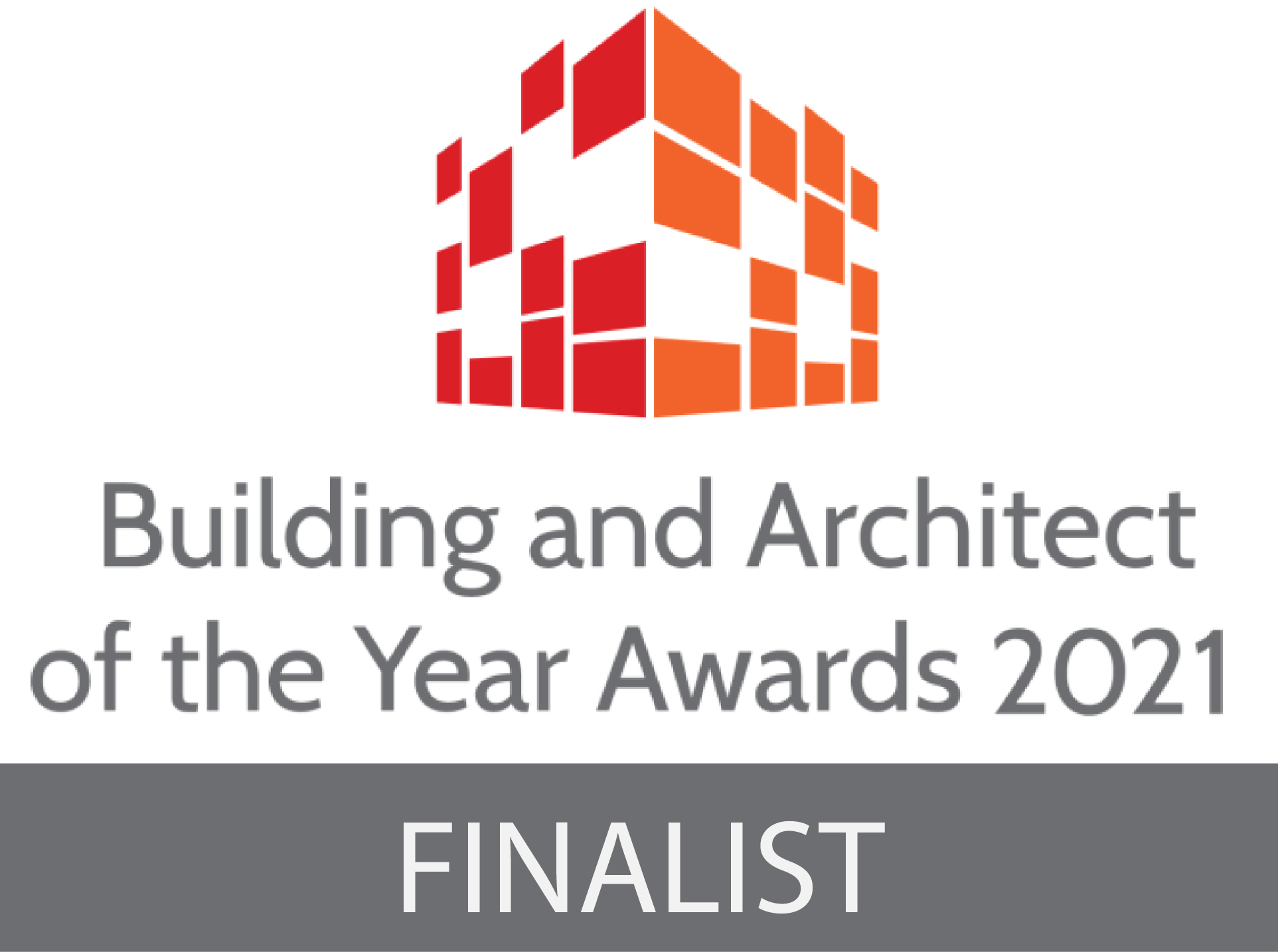
Great post!